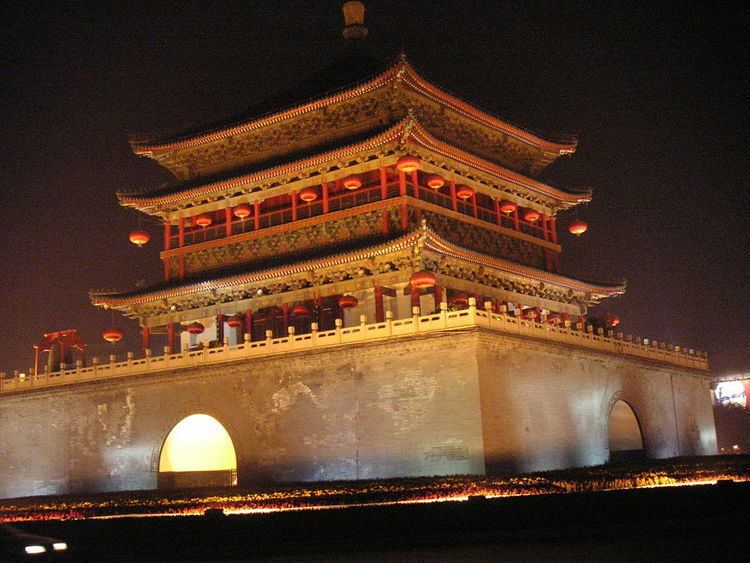 | ||
Xi'an was among the most important cities of China before 1000 AD. It remains a major regional centre. Xi'an was known as Chang'an in ancient times.
Timeline
References
History of Xi'an Wikipedia(Text) CC BY-SA
 | ||
Xi'an was among the most important cities of China before 1000 AD. It remains a major regional centre. Xi'an was known as Chang'an in ancient times.